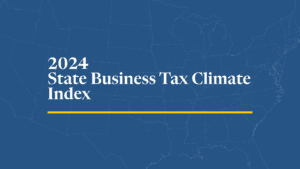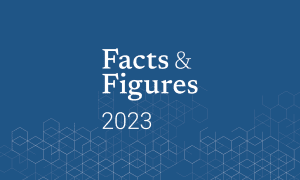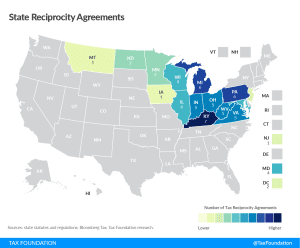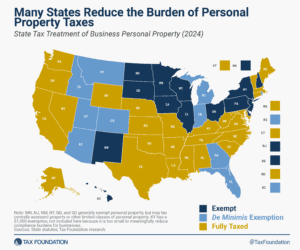The mission of our state program is to promote tax and fiscal policy that leads to higher economic growth and improved quality of life for taxpayers throughout the U.S. states.
Our state tax policy experts are routinely relied upon for presentations, testimony, and media appearances on state tax and fiscal policy, and our website is a comprehensive resource for information on tax and spending policy in each U.S. state.
We produce the annual State Business Tax Climate Index, Facts & Figures: How Does Your State Compare, and Location Matters: The State Tax Costs of Doing Business, among other resources. Explore our five reforms for an increasingly mobile economy.
Featured Issues
State Tax Trends | State Tax Maps | State Reform Guides | State & Local Tax Collections | Excise taxes | Taxes & Inflation | Cost Recovery










